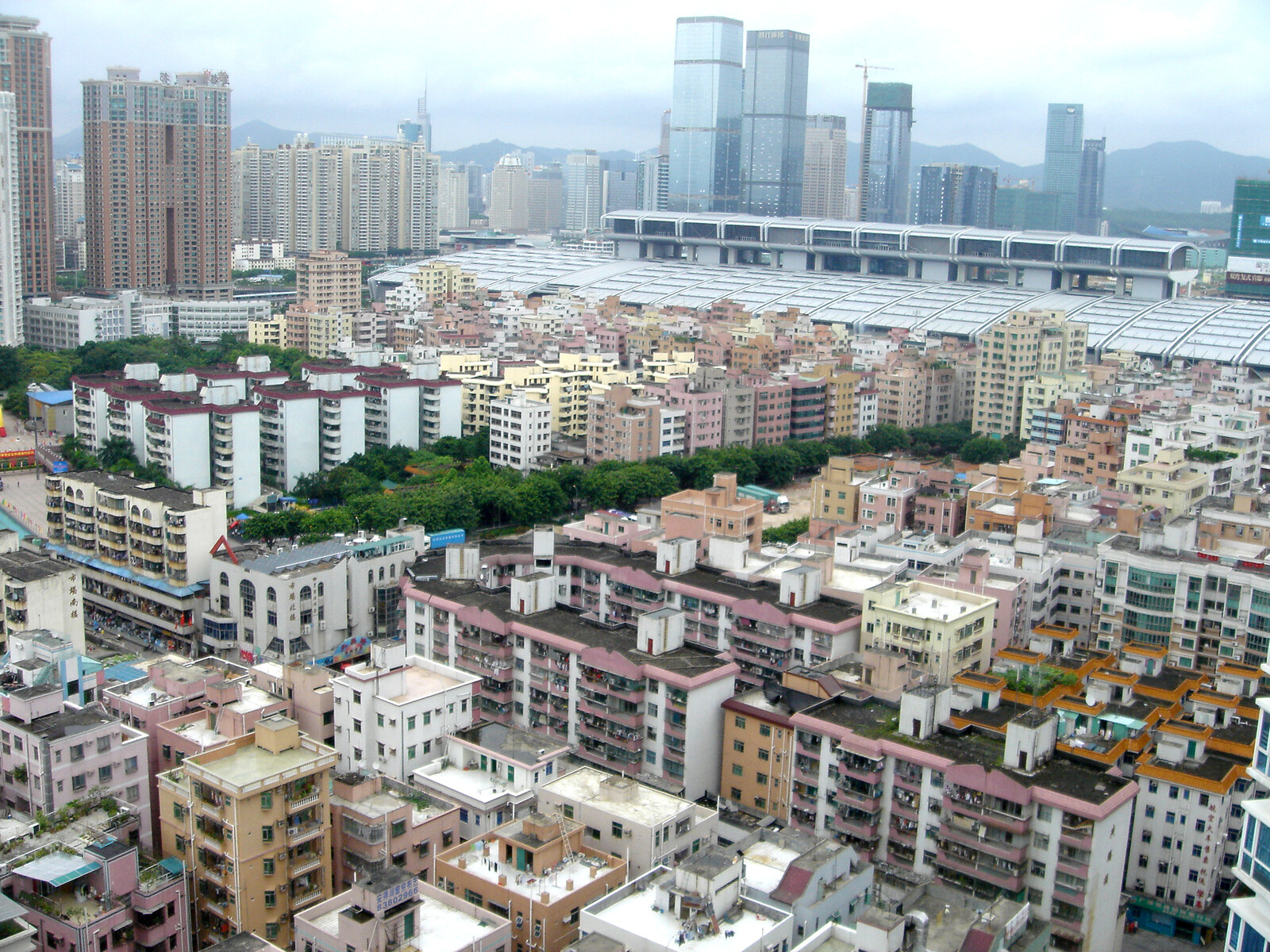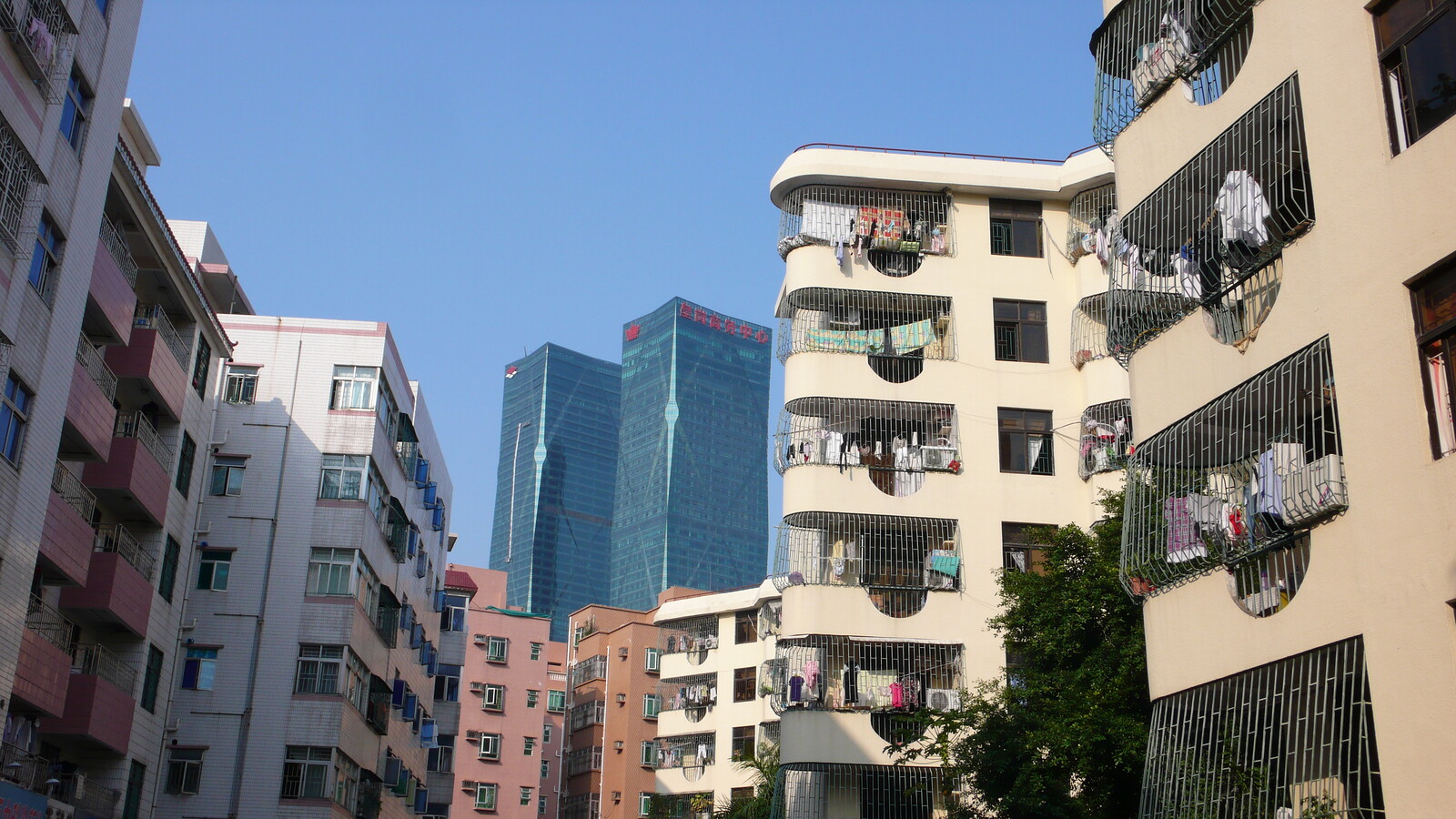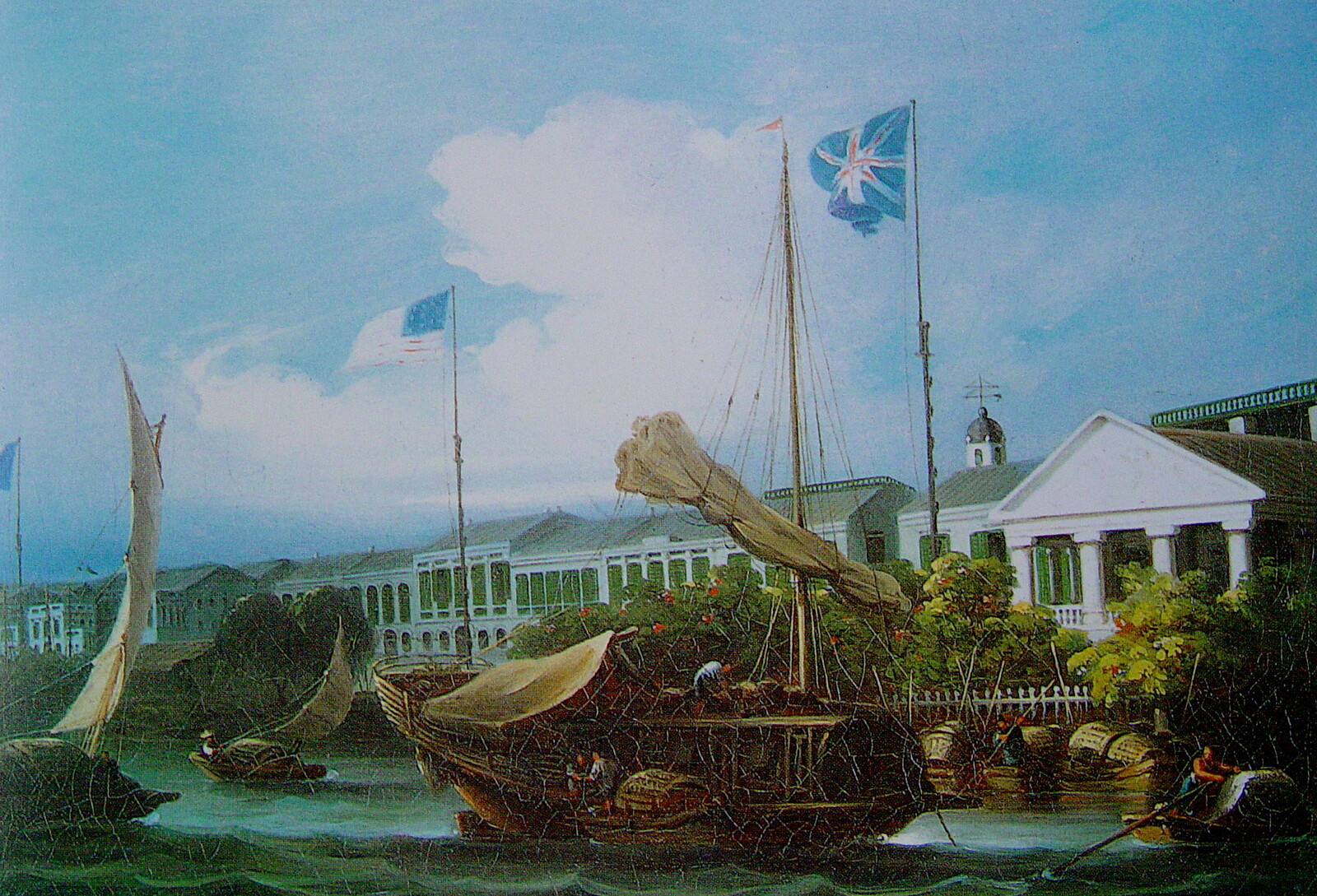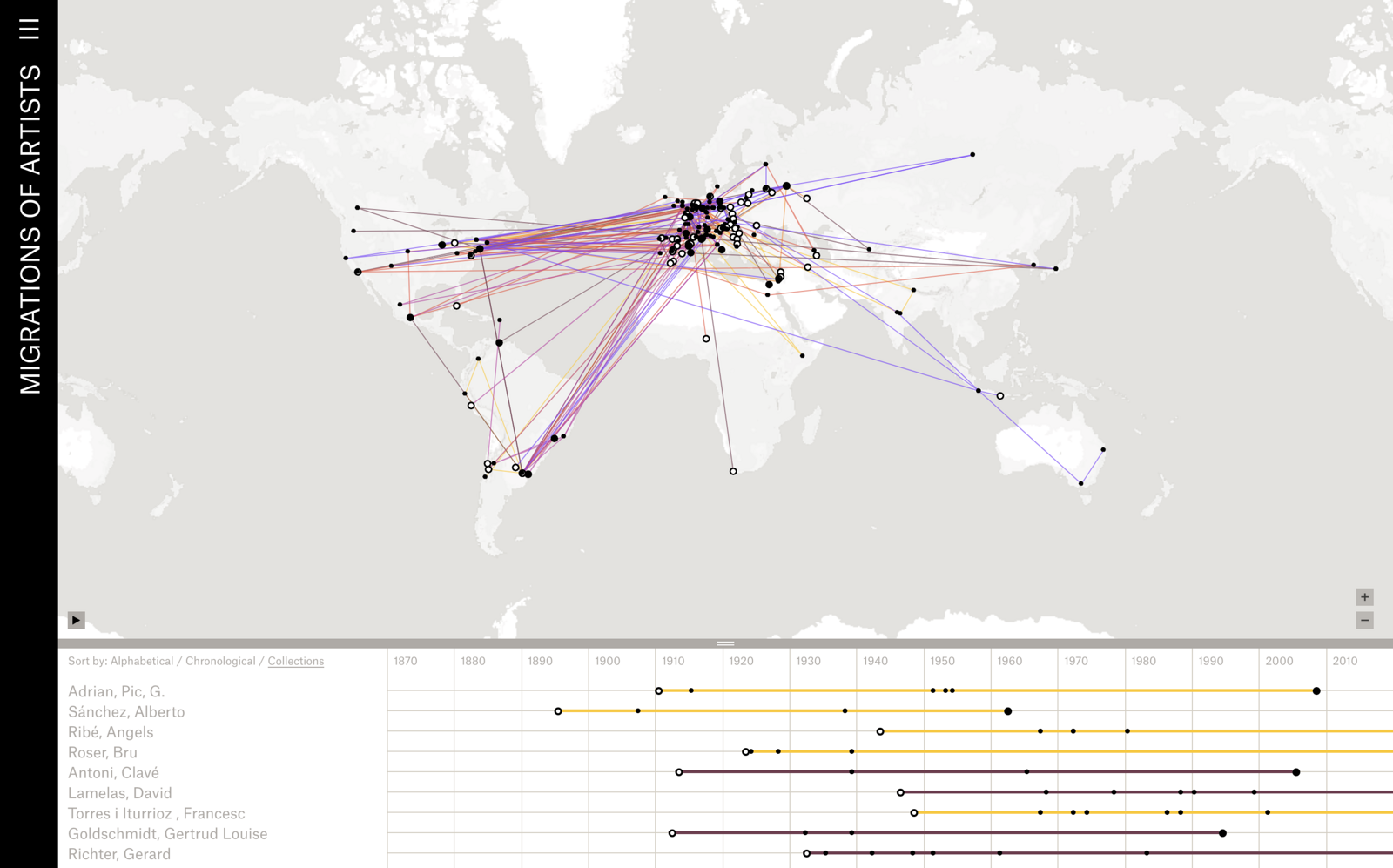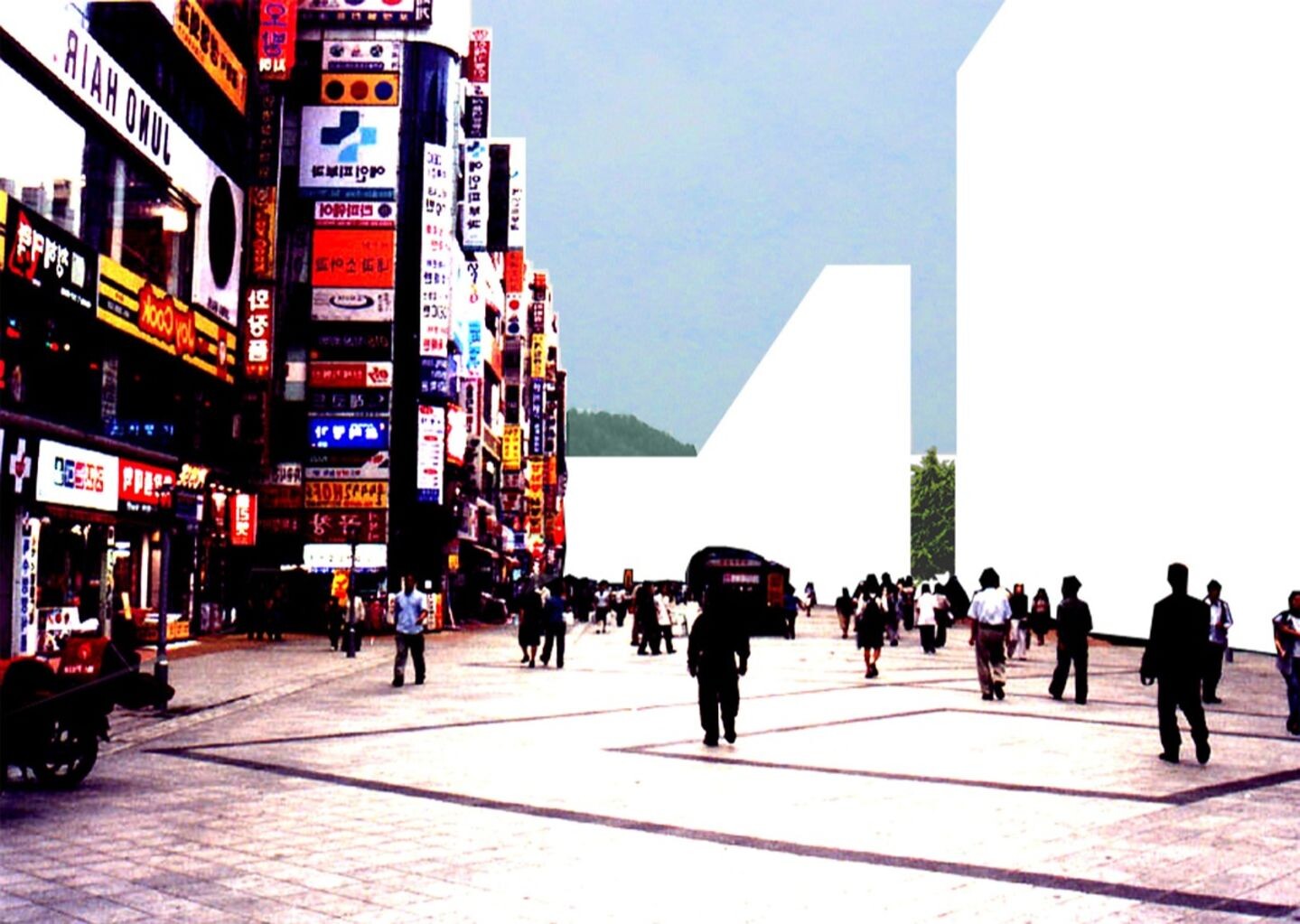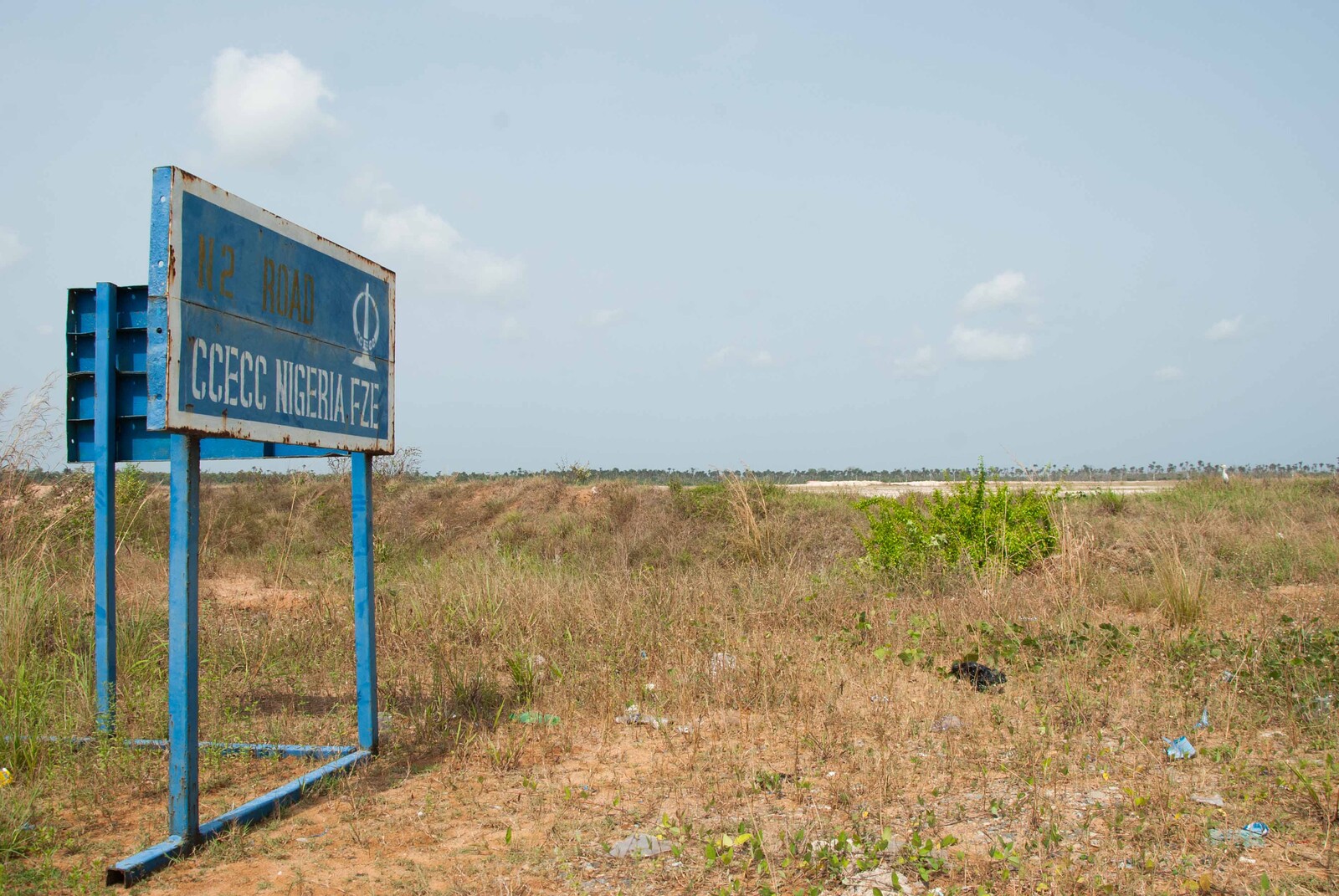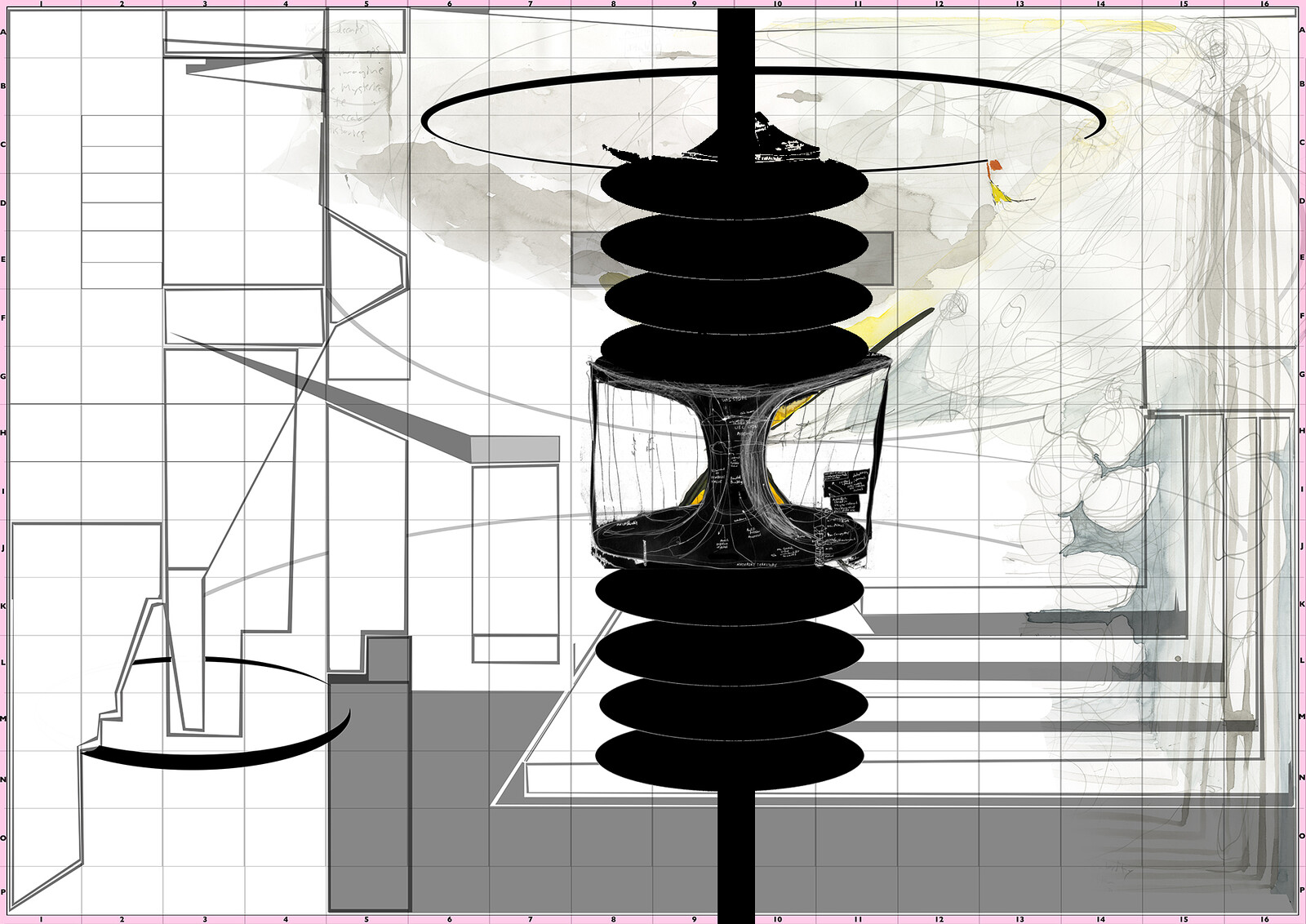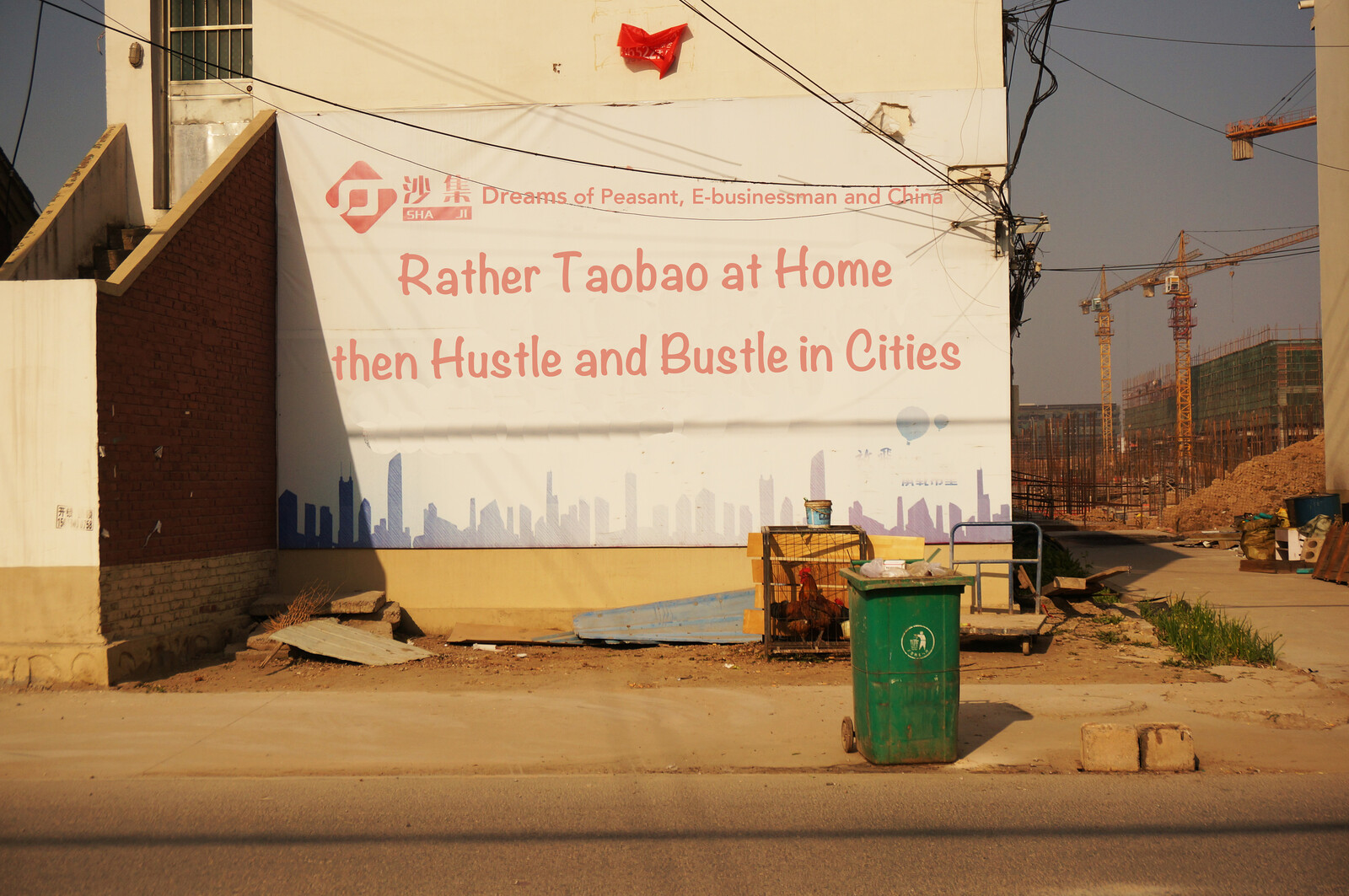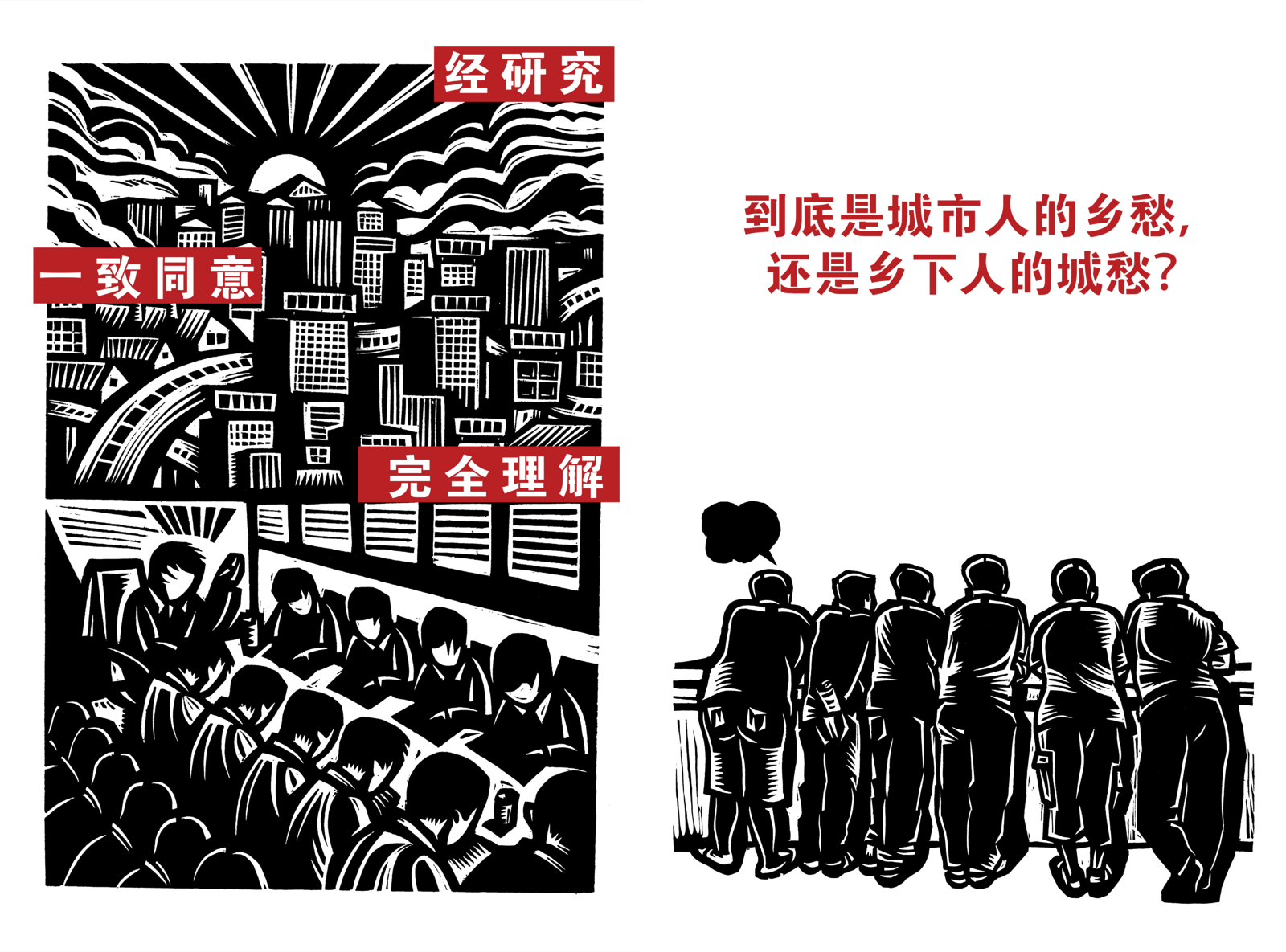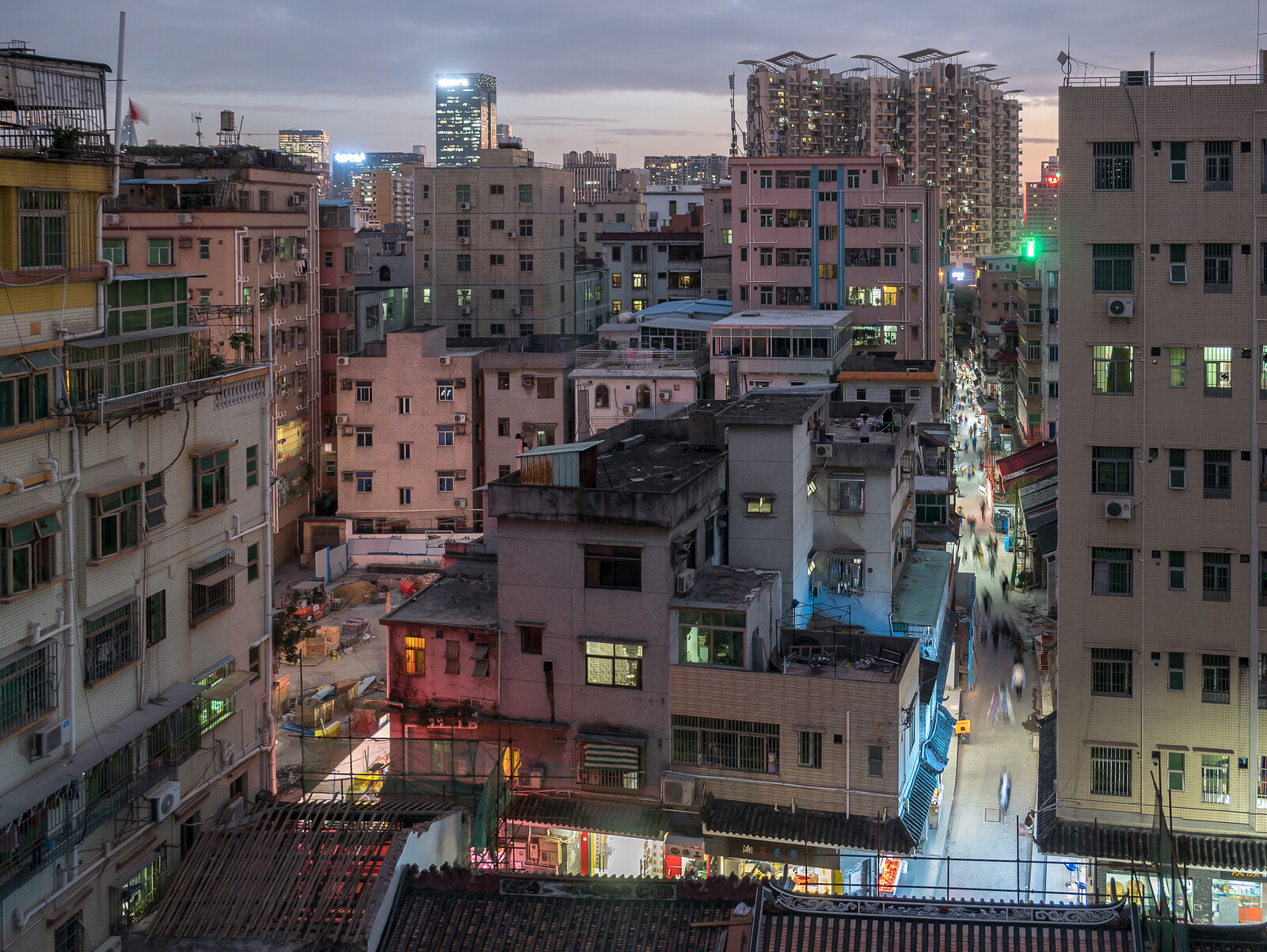Imagine a corporation of great wealth. It owns land in the most valuable area of the city’s Central Business District. You saw the directors of the corporation at the mayor’s gathering last month. The corporation owns and manages properties while operating subsidiary commercial companies of immense profit. Last year, the corporation’s net profit was ¥250 million. Each member received a dividend of ¥50,000, double that of the national average annual income. Children of corporate members go to elite private preparatory schools. A young man recently returned home from the UK with a double degree in business administration and finance, which was supported by a corporate youth scholarship. The elders relax by the koi pond in their lush community garden, sharing vacation photos of their yearly free tours abroad. The latest company newsletter shows the group smiling amongst cherry blossoms in Japan’s Okinawa. The year is 2008.
Imagine a village of great poverty. The villagers are amongst the poorest in the region as the land they cultivate is infertile. They have run up such a collective debt that the adjacent village refuses to loan them more money to buy seeds for the next year’s crop. Most of the adults have illegally crossed the nearby national border escaping to the world beyond. The children play in groups around the mud brick homes. They all have swollen bellies that protrude from thin bony bodies, a sign of extended hunger and serious malnutrition. They are taught to swim at a young age, so that one day they can swim across the river and military patrolled border. There are not many elders in the village, for they perished during the Great Famine more than a decade ago. The year is 1978.
This village became that corporation, all within thirty years.
Huanggang village is one of the hundreds of urbanized villages in Shenzhen, the icon of China’s modern economic success, where the only detail more incredulous than the dramatic socio-economic transformation that has taken place is the speed by which it happened. In the 1970s, the village was severely, but not exceptionally destitute. From the rural countryside to urban centers, poverty in China was common throughout the 1970s and 1980s. Emerging from the shadows of the three-year Great Famine that caused over thirty million deaths, resources were scarce and strictly controlled by the central government. Then, seemingly in a flash, everything changed. “To get rich is glorious” became a popular slogan that launched China towards its economic turnaround. But what caused this change thirty years ago? How did Huanggang village and other agrarian villages transform into the most wealthy and powerful societies in the new miracle city? How did China lift 500 million people out of poverty and become the world’s largest economy? The untold story of Shenzhen’s villages shed light on some of the most complex enigmas of China’s latest economic, and cultural, revolution.
Village, Zone, City
Deng Xiaoping, China’s premier from 1978-1992, is globally credited to have single-handedly pitched China towards economic reform. Among other economic reforms, Deng worked for years to convince other politically powerful figures in central government to open China up to trade with the West. Under pressure to demonstrate his conveniently ambiguous theory of “capitalism with Chinese characteristics,” three Special Economic Zones (SEZ) were established in 1980 to cautiously experiment with market reforms. Shenzhen was the first, and most successful, so much so that images of Deng, urbanization, wealth, and Shenzhen were woven together in the Chinese collective consciousness during the formative years of the reform era to inspire further growth. Deng is seen as the founding father as Shenzhen, where he is still affectionately referred to as “Comrade.”
To transform China’s stale, closed economy, reformers began by learning from China’s neighboring free market countries that had been having economic success such as Hong Kong, Singapore and Japan. Reforms to China’s economic and institutional policies such as allowing for private enterprises and foreign joint ventures were first tested in the SEZs and would catapult the country onto the world stage as we know it today. The city’s rapid emergence is so unexpected and persuasive that nearly all local, national, and international reporting on Shenzhen repeat variations of a similar success story. It can be read it in the Shenzhen Daily, The New York Times, The Guardian, and the World Bank Report: Shenzhen is an instant city with no prior history that was created by a Special Economic Zone which grew at a stunning speed thanks to central planning. “A sleepy village that became a metropolis overnight” has become a new legend of miraculous creation, breathlessly reported around the world. Even the Shenzhen Tourism Board capitalizes on this fabled transformation with its official tagline: “Thirty years ago, a peripheral small fishing village.” Yet forty years ago, there were nearly two thousand farming and fishing villages in the territory that became Shenzhen.
Villages as the City
Over time, the myth of Shenzhen has only become more powerful of a tool for social and political mobilization. Shenzhen is not only viewed as a pioneer and precedent of China’s urbanization, but it has become a global model for national governments. From India to Africa and Latin America, developing countries are looking to China, and specifically to Shenzhen, as a model to achieve rapid economic success while maintaining governmental control. Most new megacities of the global south are struggling with complex socio-economic problems associated with rapid industrialization and urbanization, with the most visible signs being the prevalence of informal settlements. With rural migrants flocking to developing regional economic centers, municipal governments are unable to keep up with the escalating demand of affordable housing and other public amenities. According to UN-Habitat, more than thirty percent of the urban population of developing countries lives in slums, and the statistic is growing. Meanwhile, Shenzhen’s rate of urbanization and population growth during the past thirty years is both unparalleled and unprecedented. Yet outwardly, it seems Shenzhen, as well as the rest of China’ urban centers, do not have many of the prevalent problems faced by other rapidly developing third-world countries. The speed and apparent stability of Shenzhen’s rise in the past thirty years has rendered the city an ideal model for many developing countries. So how was this “Shenzhen Speed” possible? And how are there no slums?
The history of China’s urbanization in the twentieth century is multifaceted. The myth of Shenzhen must be confronted, for the sanitized image of Shenzhen as a “just-add-water” instant city is misleading to those imitating the city’s apparent success. China has slums, and Shenzhen has the most number of people living in them out of all cities in China. Except they are not referred to or categorically defined as slums, but rather cheng-zhong-cun, or “villages in the city.” The story of the villages and the story of the city are one.
Exclusion and Inclusions
On a cold December day in 1979, a group of strangers visited the head of the village of Huanggang’s to broadcast the government’s decision to build a modern city on the village’s land. Not given much of a choice, the village turned over ninety percent of their ancestral land for a small monetary compensation. They did, however, successfully negotiate for extra trees to be planted on their hillside land. Yet within a year, the trees were uprooted, the hills flattened, and large factory sheds came to surround the village on its remaining land. Meanwhile, on the otherwise colorful masterplan of the Shenzhen, the planners carefully drew perimeters around Huanggang and all the other villages in the city, forming islands of exclusion. The roads, factories, housing, parks, and even power and water supply for the new city were all cautiously built to circumvent the villages. The dirt road that outlined Huanggang would eventually become a high-speed motorway. Gleaming skyscrapers of luxury residences and high-tech towers quickly took over the land previous occupied by factory sheds. The factories, along with the trees and hills, became distant memories. The city became a national and international hub for industry and commerce. Domestic vacationers visit the city today for its various theme parks, while others cross the international border from Hong Kong to take advantage of its designer knock-offs and cheap spas.
Meanwhile, due to their rural residency status, villagers were not entitled to the municipal welfare provisions designed for the city’s urban residents and had to be self-sufficient. Huanggang Village, now a collective corporation, joined the new industry of city making. With the meager compensation originally given for their land, in the early 1980s the villagers invested in a truck to haul building material to the construction sites around them and set up small production factories in their historical communal spaces. In addition, each male resident received a square plot of land of 120 square meters to build a family house. Women were expected to marry land-owning members of other villages. As there were simply not enough beds at the nearby factory dormitories, soon after, migrant workers speaking different regional dialects from all over China came to the village asking to rent rooms. Within the first decade of the new city, Huanggang, similar to other villages inside the Shenzhen Special Economic Zone, became vibrant urban centers.
As years went by, to accommodate the demand for space from a growing population of migrant workers, villagers began demolishing their home to build a taller building within the same footprint of the original village house. These newly built constructions violated the city’s zoning code and were illegal. The villagers risked fines, however, and banded together to defy governmental orders of demolition. The villagers saw this as a way to continue their livelihood. Instead of growing crops, the villagers grew buildings, and in turn became slumlords. Defying planning and building regulations, many of these buildings grew to fill to the entire perimeter of their plot. They were built so close together that they garnered names such as “handshake” or “kissing” towers. 35,000 renters eventually came to live amongst the original 1,000 villagers. Surrounded by the planned urban fabric, this enclave of otherness, like other villages throughout Shenzhen, became known as an “Urban Village.”
Today, the term “Urbanized Village” is perhaps more appropriate to describe these types of places, but it still pales in the face of their hyper-dense and urbane realities. There are currently nearly 300 urbanized villages remaining in Shenzhen. With profits from rental properties, industrial production, and later, real estate speculation, original villagers have become extremely wealthy. The city enriched the villages, and the villages enabled the city. Each urban village is comprised of mixed-income neighborhoods with low- to mid-income renters, all packed into dense housing of varying qualities. Illegally built housing in Shenzhen’s urban villages collectively provide shelter to half of the city’s current population, nearly ten million people in total, on only ten percent of the city’s land.
The Myths of Shenzhen
Shenzhen’s centralized urban planning and subsequent deployment of infrastructure was unable to provide sufficient basic amenities such as housing or schools for such an unprecedented population growth. The “sleepy villages” in the repeated tales of Shenzhen were forced to make up for the city’s deficiencies. The continued relevance of Shenzhen’s urbanized villages today unravels the accepted theories of its planning success. The textbook formula of the Special Economic Zone superimposed onto a virgin green field, led by central planning, multiplied by “Shenzhen Speed” to generate an outcome of a successful Mega-Instant City, is nothing but a series of myths. The mythmakers, some intentionally while others fortuitously, have generated a history of the city that strips away much of its nuances, the conflicts, ingenuity, and contributions of the original villagers the millions of Shenzhen’s migrant residents.
The myths surrounding Shenzhen have served political agendas in China’s past, and continue to do so today. As a singular successful case of new town planning, the Shenzhen experiment conveniently sweeps aside the unsightly existence of hundreds of ghost cities—new town developments of innovative housing, attractive museums, lush parks, yet completely empty of occupants and devoid of life—that have also been planned and built over the past thirty years. The most recent central policies plan to continue the country’s path of economic growth through urbanization and new town creation. Over the next five years, 100 million rural residents will be urbanized. Hundreds of new cities are planned and currently under-construction. In a recent survey of city planning of 156 major cities in China, 145 have plans either to extend themselves or build new towns. The planned population of these new cities would double the current urban population. The myths of Shenzhen reinforce an assumption that cities can be politically planned and socially engineered from scratch.
The Future City
Increasingly facing competition from other ambitious cities, Shenzhen must now keep pace with economic growth forecasts to maintain its role as pioneer city. Anything less than the expected yearly 10% GDP growth is viewed as an economic decline. Having nearly no land left to attract industries and investment, the valuable pieces of land underneath the urbanized villages are seen as the last reserves of centrally located land to-be-developed. The government, in tandem with private developers, is negotiating compensation for villages’ remaining properties, but today, compensation is based on market value and often includes real estate in the seductively planned development, and villagers are largely complying. The millions of renters, however, have no room at the negotiation table. The most affordable housing stock for the working population will disappear, along with its buildings, neighborly communities, social capital, and network capacities, all of which are intrinsic qualities that have eluded so many well-intentioned social housing and urban development projects around the world.
Like a runaway train, China has modernized and urbanized with such a stunning velocity that there has been little time to reflect on those that have fallen—or been pushed—onto the tracks. Urbanization has been China’s most important vehicle for economic growth, and according to the most recent central policies, will continue to be for decades to come. However, the country’s rising GDP is rivaled by the hidden costs of disturbing consequences such as socio-economic inequality and environmental degradation, and the story of Shenzhen’s villages is the most intense and buoyant of them all. Thrown into an unprecedented situation, the villages, in becoming the city, have shown remarkable social and economic ingenuity. Contrary to the notions of a generic and instant city, it is the spatial, political, and cultural histories of the urbanized villages—both contemporary and ancient—that defines Shenzhen’s past and future.
Urban Village is collaboration between e-flux Architecture and the 7th Bi-City Biennale of Urbanism\Architecture (UABB) within the context of its theme, “Cities, Grow in Difference.”
Category
Urban Village is collaboration between e-flux Architecture and the 7th Bi-City Biennale of Urbanism\Architecture (UABB) within the context of its theme, “Cities, Grow in Difference.”
